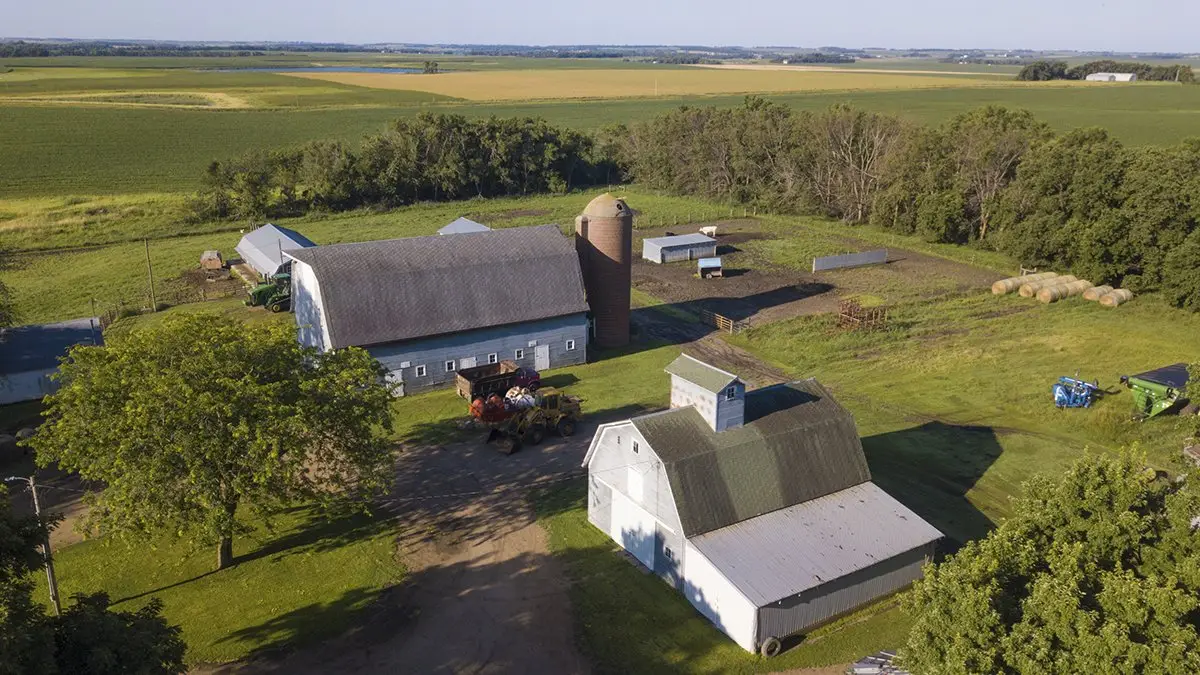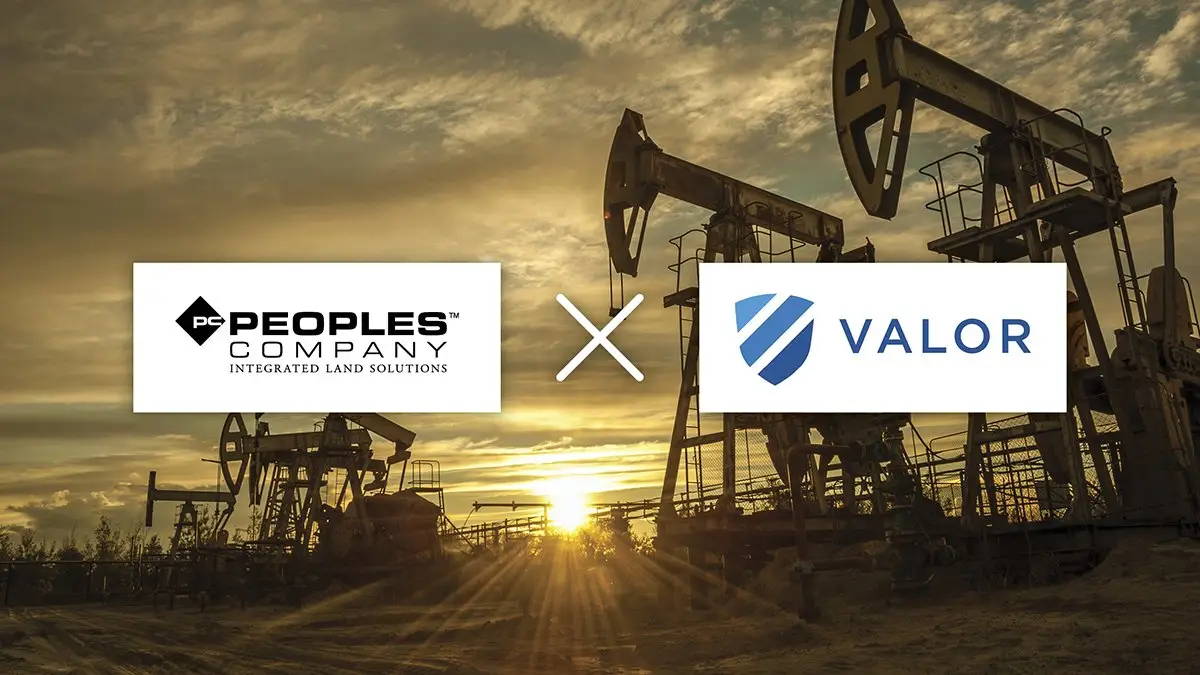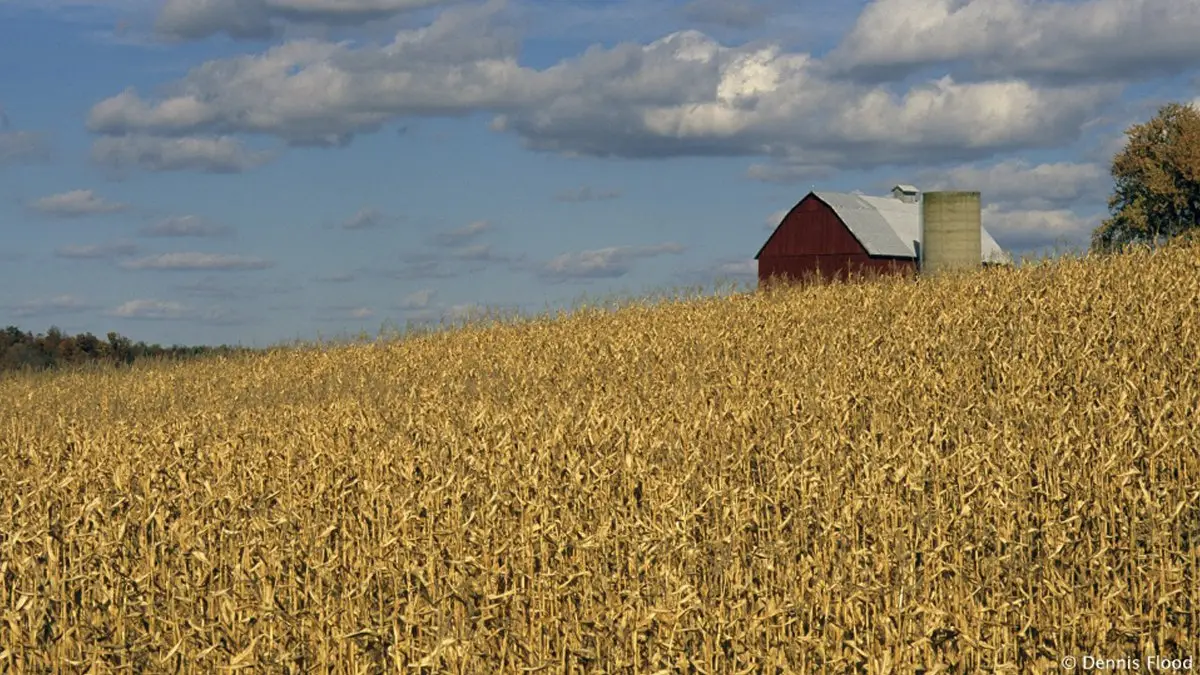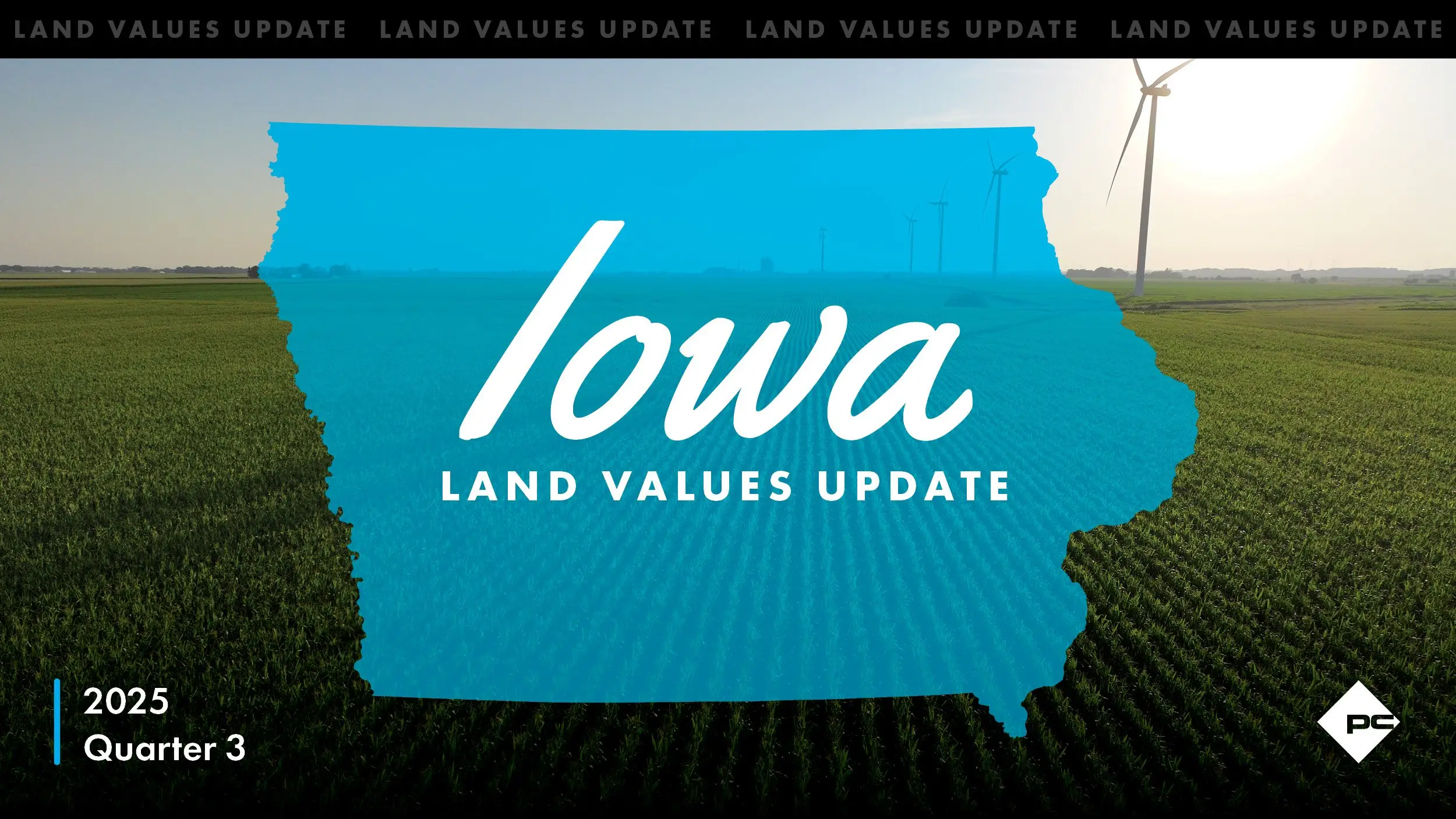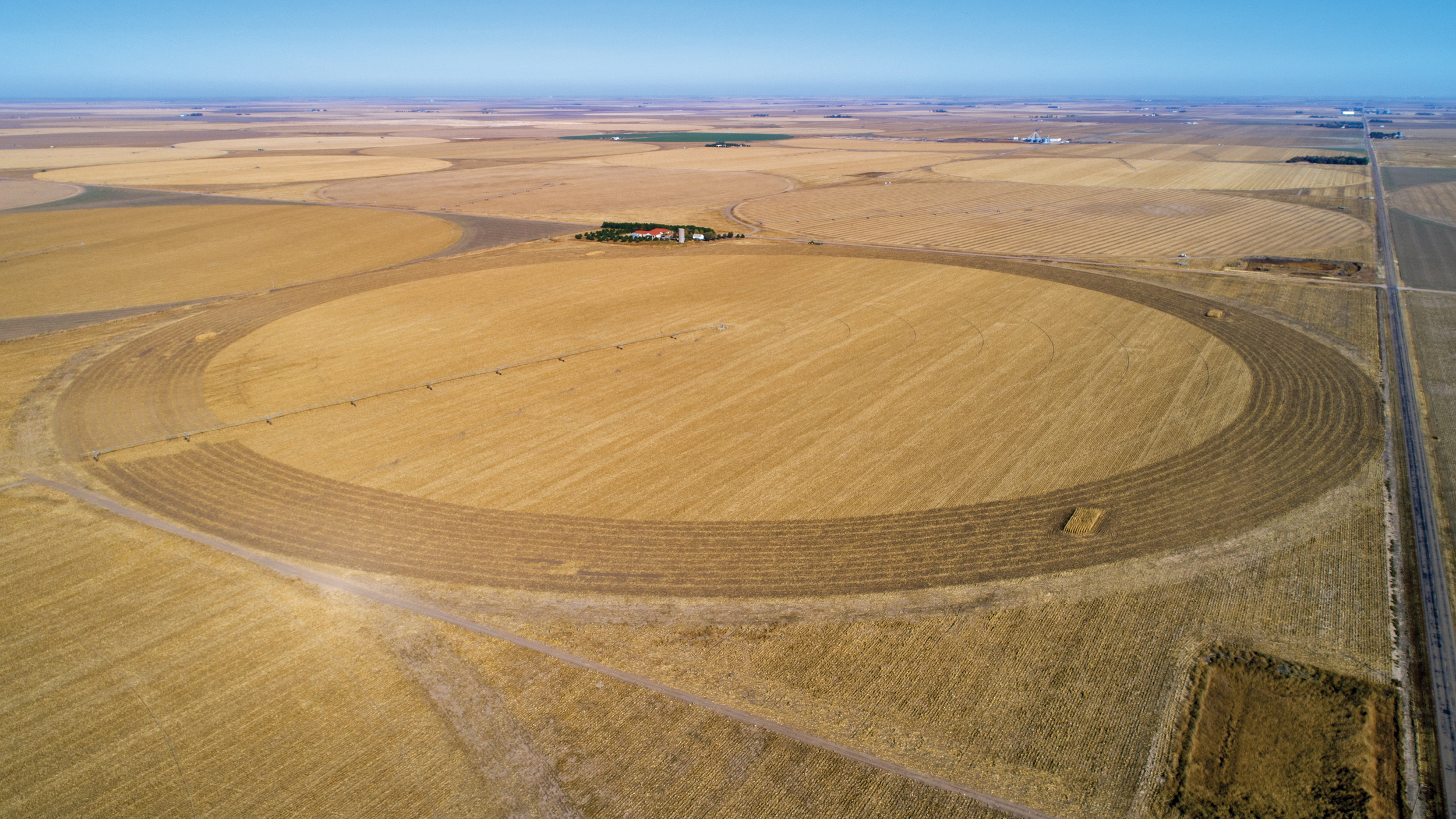
It is widely accepted that farmland as an asset class appreciates in time with low correlation to other major asset classes and low volatility. Farmland seems to continually increase in value on a gradual scale. This characteristic is particularly attractive during periods of above average inflation similar to the current economic situation. While some investors flock to other tangible assets such as gold, commodities, and other precious metals, other investors recognize the benefit in investing in farmland. What actually attributes to this continuous appreciation in value?
The demand for food, fiber, and fuel is constantly rising with the increase in world population. The current world population sits just under ~8 billion people with most studies estimating that the population will increase to nearly 10 billion people in 2050 including many studies done by the United Nations DES. That is a lot of mouths to feed in a relatively short amount of time. This larger population will also be using and consuming additional products that crops such as corn are being used for including replacements for petroleum in chemicals, plastics, fibers, and other everyday products. There are also other ways these crops are being repurposed to improve human health, medicine, and animal nutrition. Not to mention the renewable fuels industry.
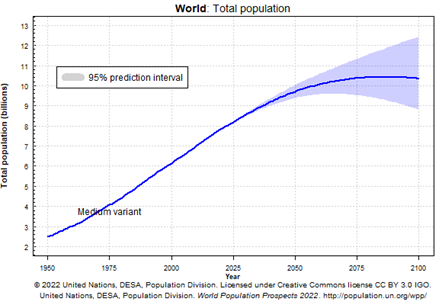
In conjunction with the increase in population, the amount of arable land that can be cropped is continually decreasing each year. Development, urban sprawl, drought, declining aquifers, and soil degradation are only a few factors playing a role in the acreage decline in recent years. The number of farms is also decreasing according to the USDA. Simply put there will be less farms and less acreage being used to grow crops in the United States in the future that will likely cause the demand to increase for food and other commodities as well as farmland.
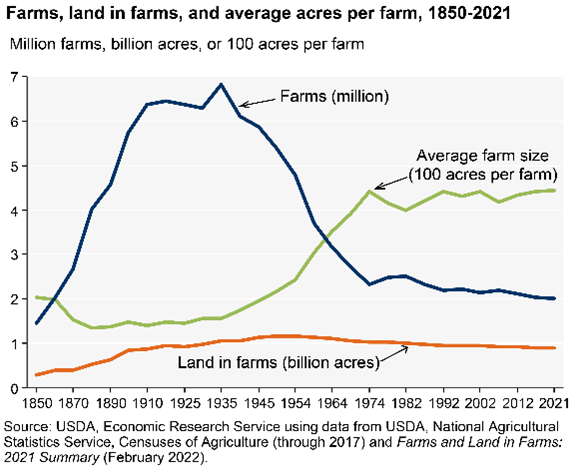
According to data published by the USDA, annual farmland appreciation rates can average anywhere from 1-7%+ depending on quality, irrigation, crop type, and region. In some cases, it can be upwards of 2-3x what the annual return generated from income or revenue is. With it possibly being a majority of the overall return, it should be at the forefront of any investment thesis or management plan. To maximize returns farmland should be managed for its appreciation potential rather than strictly the annual yield on income in order to yield the highest overall return during the life of a farmland investment.
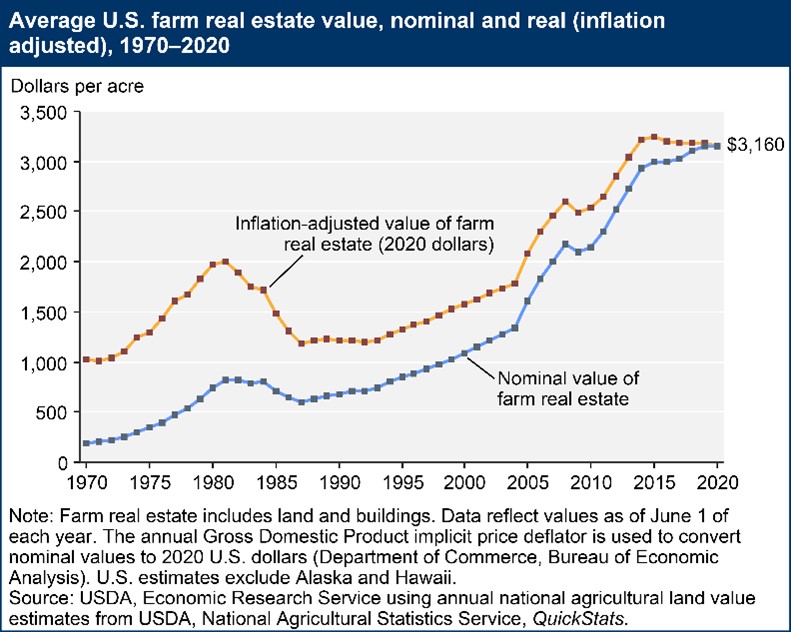
Managing for appreciation can better be described as providing a farm everything it needs to function at maximum productivity in a sustainable manner. Investing in improvements such as drainage tile, ditching, cover crops, fertility management, waterways, buffers, and dirt work can all add to the overall value of the asset. Even simple tasks such as removing noxious weeds, mowing ditches, and cleaning up fence lines can all start to help a farm become the best it can be. A farm with a proven history of high productivity and sustainable practices will outpace similar assets in rates of appreciation.
PC Capital Market’s asset management platform leverages Peoples Company’s national network of brokers, appraisers, and land managers. The land management platform has the experience and expertise needed to manage farmland assets for appreciation. PC Capital Markets has the local knowledge and national scale infrastructure to deploy capital and identify opportunities to achieve above average returns by acquiring and managing farms with appreciation in value being the foundation of the investment thesis. To discuss farmland acquisitions and capital deployment with the PC Capital Market’s team, email us at CapitalMarkets@PeoplesCompany.com







